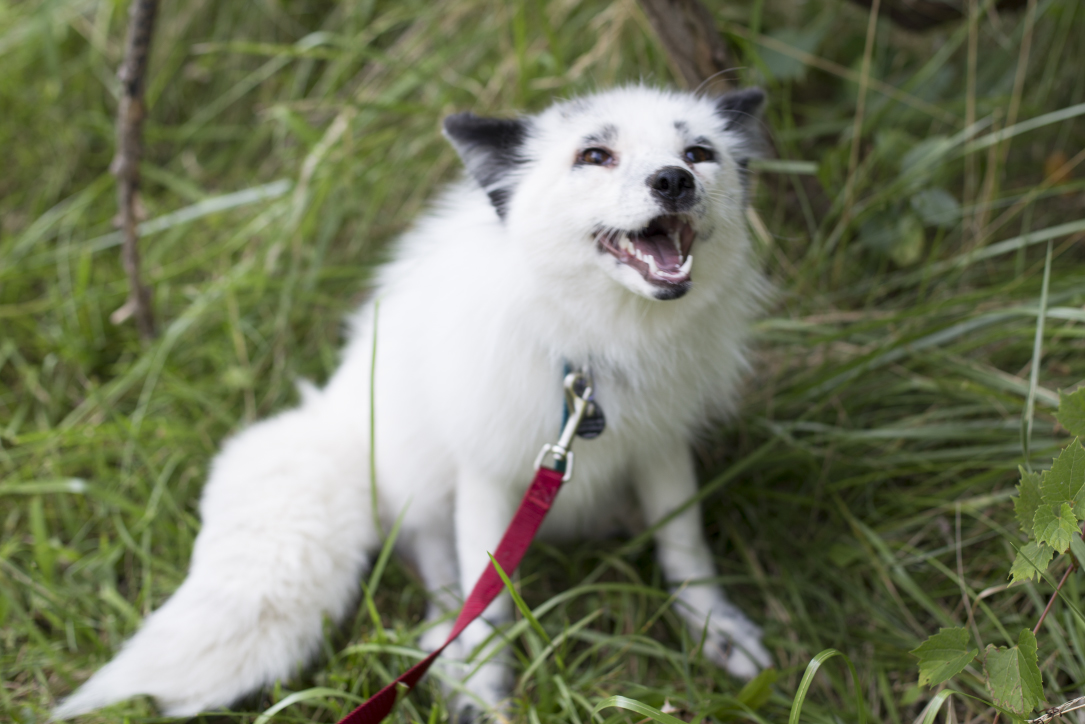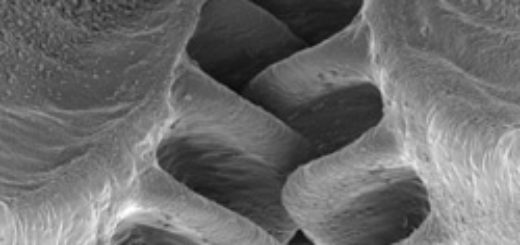Friendly foxes: experiments in domestication
There’s one major trait in which domesticated animals differ from their wild counterparts: tameness. In the shift from wolf to dog, from aurochs to cattle, domesticated animals have all become considerably more chill than their forebears, and is only through selective breeding of the tamer, friendlier members of the herd or flock that our modern domesticates show such a marked difference in attitude.

The aurochs, extinct ancestor to modern cattle. An animal so badass its impossible not to paint it it going around goring wolves for funzies. Image: Heinrich Harder, ‘Long horned European wild ox (aurochs).
In 1959, in an attempt to study the effects of selective breeding for ‘tameability’, Dmitry Konstantinovich Belyaev set up an experiment with silver foxes, selecting and breeding the friendliest pairs. The experiment has run for over 60 years now, but within a few generations the foxes began to exhibit behaviour that we would associate most commonly with dogs: they would leap up into researchers arms and lick their faces, come when called, and even wag their tails. They also displayed the ability dogs have to pick up the gestures of humans. The foxes changed physically too, more commonly displaying the patchwork coats that other domesticated animals like dogs, horses, cats, and cattle have, which is uncommon in wild populations. The foxes were also more likely to have floppy ears into adulthood, short or curly tails, and more gracile faces. These puppy-like characteristics, making the foxes appear more juvenile, are what are known as neotenous traits. Although Belyaev’s experiment selected solely for friendlier foxes, they ended up with what we would consider also cuter, and smarter foxes. The experiment strongly suggests that many of the traits that separate dogs from wolves – their ability to follow commands, floppy ears, smaller snouts, curly tails etc. – are all simply side effects of selective breeding for one purpose: a friendlier pet.

If only all experiments had such adorable results. Image: Wikimedia Commons.
But Belyaev didn’t just breed friendly foxes. To see the other side of the coin, the most aggressive foxes from each generation were also bred, producing over the years a group of animals that immediately start snarling and hissing the instant researchers enter a room. Bit of a far cry from the fluffy little guys eager for belly rubs you can see here. Lets hope the facility with the evils foxes never sees an escape, triggering a Planet of the Foxes-style apocalypse.
References
Wikipedia. 2016. Dmitry Konstantinovich Belyaev. Available online.
Slate Magazine. 2012. ‘Domesticated foxes in Siberia: an experiment in peril. Available online.






